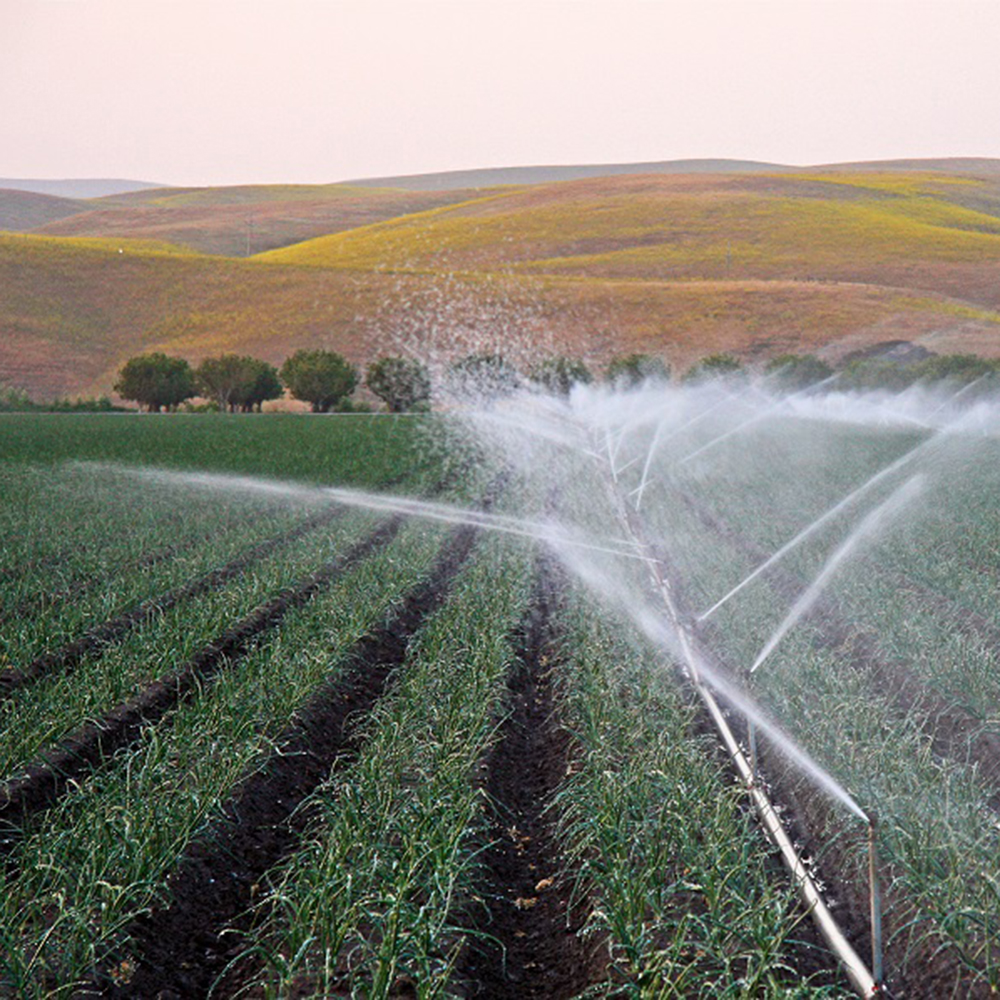American farmers and ranchers are 3.5 times more likely to die by suicide than the general population. The stressors for farmers and ranchers are difficult for many in the general population to understand because many of them are difficult to quantify. However, they are not impossible to empathize with when taken a little at a time.
Most Americans have felt the pinch of food prices, increased fuel costs, fear for the future of their children, and worry over their livelihood continuing to be relevant. Farmers and ranchers feel these same concerns and have them magnified by having those concerns attached not just to their household worries but, also, to their jobs as well.
The work of farmers and ranchers are intrinsically linked to their home lives. One cannot, generally, be disaggregated from the other. The relationship between the two is more than working from home; it is raising a globally traded product and caring for a family in the same physical location.
During the last three years, many commodities have fared poorly on the market, paying farmers and ranchers less than the cost to produce them. This upside-down income trend and financial concerns have been cited as the biggest stressors for farm and ranch owners and operators.
What makes financial concerns and stressors unique to agriculture is not that they exist. What makes the concerns and stressors unique is how they exist. Very few households are free from financial concerns. However, farm and ranch families are often besieged with them from differing angles.
For a non-farming family, financial concerns may stem largely from the loss of a job or the cost of food in the grocery store. These concerns may, in turn, compound other bills – getting behind on rent, mortgage, credit card or other interest-bearing payments. However, 54 percent of Americans have enough money in savings to cover one months’ worth of bills; with 17 percent reporting they have enough to cover more than one year.
Many farms operate in a profit margin of 10 percent or less, leaving little room for rainy day funds. Financial pressures and fluctuations, like those that can derail non-farming families, can also create significant problems for farming families but on a larger scale. Where a non-farming family may struggle with a rent or mortgage payment for their home, a farming or ranching family may struggle with something similar, but it may also encompass the land upon which they are raising livestock and/or crops plus equipment they are using to keep their business afloat. The credit card or other interest-bearing payments a non-farm family may be shouldering may also occur for a farm family but may be exaggerated by a higher interest rate or penalty for late payments, a larger balloon payment requirement in the autumn, or a relinquishment of physical assets to pay for part of the debt.
Taking a moment to walk in another person’s shoes may be all anyone needs to begin bridging the mental health gap in farming and ranching. Empathy is about putting yourself in someone’s else position for a little while. The word is a noun but, perhaps, it should be a verb. An active pursuit of understanding how another sees and experiences their world. Then, maybe, farmers and ranchers would seek more help when they need it most.
If you, or someone you know, is considering harming yourself or someone else, please reach out to Farm Aid at 800-FARM-AID (800-327-6243) Monday through Friday 6 a.m. to 6 p.m. PST or call or text the National Suicide and Crisis Lifeline 24/7 at 988.
Pam Lewison is the Director of Agriculture Research at the Washington Policy Center and a Pacific Research Institute fellow. She co-owns and operates a family farm in Eastern Washington state.

